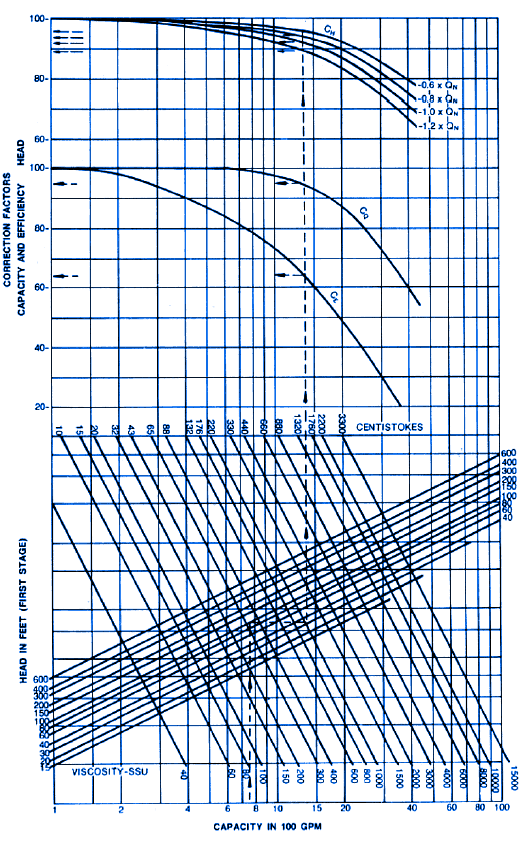Viscous Liquid Pump Review
Viscous Liquid Pump Review
Viscous Liquid Pumps are pumps designed to accommodate continuous duty with viscous liquids. Viscous liquids are fluids that have a medium to high viscosity. Pumping viscous liquids can present some challenging technical and design problems. Fluid viscosity, among other characteristics should be understood when selecting a pump. The effects of an elevated viscosityfor pumping applications is higher operating pressure, increased driving motor demands, lower flow, and possible abrasives handling capability.
Gear, piston, peristaltic, progressive cavity, rotary vane, nutating, flexible liner, and diaphragm pumps may be rated for pumping viscous liquids. In general, the pumps have increased suction and discharge lines and inlets, lower operating speeds, greater drive motor horsepower capabilities.
Pumps normally not suited for viscous liquids are centrifugal, flexible impeller, hand operated, and rotary vane pumps. Typically these pump types are best for pumping liquids with viscosities less than 200 cp or less.
To best understand the effects of viscous liquids, see Figure 1 (Viscosity - Pressure-Capacity Chart) below. The bottom horizontal scale is a typical pumps flow capacity and the inner scale is the liquids viscosity. The vertical scales are Head pressure, capacity and correction factors. The chart shows that as the viscosity of the liquid increases the required head pressure increases, flow capacity decreases and the pump efficiency decreases.

Figure 1, Viscosity - Pressure-Capacity Chart for Viscous Liquid Pumps
When selecting a pump type for a new or upgraded application for viscous liquids, it is always best to consult with the manufacturers and review all performance, load handling characteristics of the a selected pump.